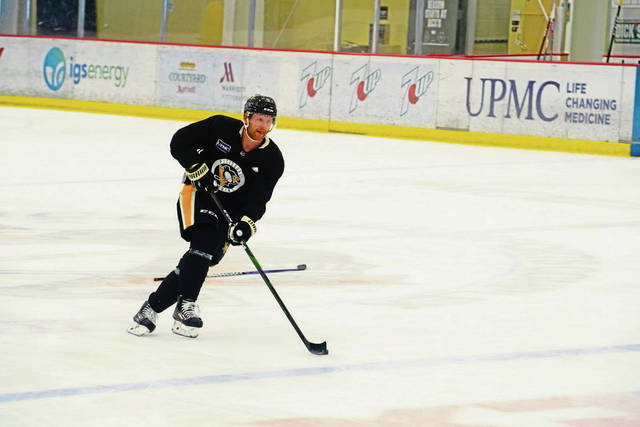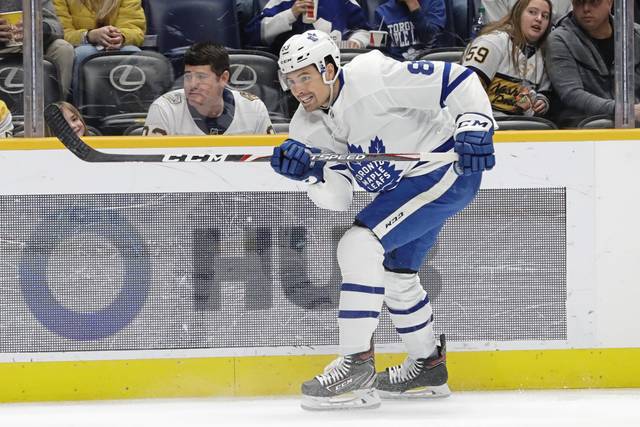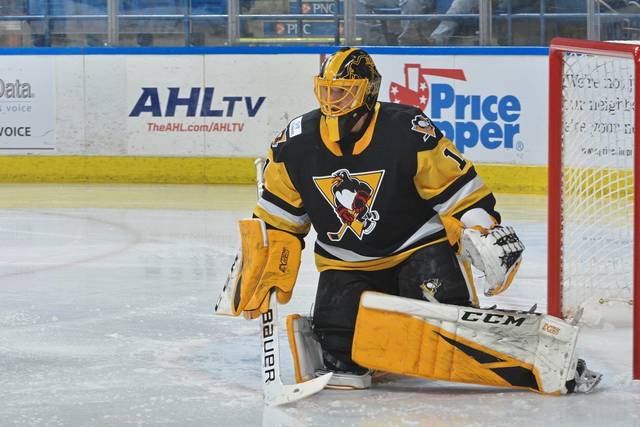The Penguins are younger, but are they better?
The Penguins couldn’t help but get younger this offseason.
That’s because they parted ways with one of the NHL’s only 40-somethings in veteran forward Patrick Marleau, who was not re-signed.
But shedding one of the few active NHLers who played in the league during the 20th century was going to happen no matter how the Penguins’ fared last postseason. After all, he was a rental acquired at the trade deadline.
Dealing away a handful of veterans who were key contributors to recent Stanley Cup championships? That had to happen after an embarrassing loss to the Montreal Canadiens in the preliminary round of the playoffs. And with the NHL’s economics askew thanks to the coronavirus pandemic, the Penguins had to get younger — or, to be more specific, cheaper — in order to remain compliant with the salary cap.
When they assembled for the postseason in August, the Penguins’ roster had an average age of 28.2.
Today, little more than a week from gathering for training camp, based on their roster of NHL-only contracts, the Penguins check in at a cherubic 27.5 years.
That might not seem like much of a drop, but younger is younger.
But is it better?
“We’ve definitely gotten younger,” general manager Jim Rutherford said in a telephone interview with the Tribune-Review earlier this offseason. “But that’s not the goal. We’re not playing youth hockey. There’s no age limit here. But I felt younger, faster was important. I think we accomplished both of those things. We have more balance throughout our positions now.”
Here’s a look at those positions:
Forwards
2019-20 average age: 28.4:
2020-21 average age: 27.7
Departures: Patric Hornqvist, Marleau, Dominik Simon, Conor Sheary
Arrivals: Mark Jankowski, Kasperi Kapanen, Colton Sceviour
Who left: Marleau, 41, never found a fit with the Penguins during a disjointed tenure with the team … Hornqvist enjoyed something of a rebound in 2019-20, but at 33, he wasn’t getting any younger, particularly given his punishing style of play. … Simon, 26, and Sheary, 28, were middle-aged (by NHL standards) and were unremarkable despite ample playing time with Sidney Crosby.
Who’s new: Jankowski, 26, is a former first-round pick who never lived up to that billing and is getting a second chance with the Penguins. … The Penguins’ first-round pick in 2014, Kapanen, 24, returned via trade in October and likely will get a chance on Crosby’s line. Additionally, the Penguins will have contract control over him for several years. … In order to unload Hornqvist’s contract, the Penguins had to take on Sceviour, 31, to make the deal work from the Florida Panthers’ salary cap. But just because he’s a throw-in doesn’t mean Sceviour can’t be useful.
Defensemen
2019-20 average age: 28.4:
2020-21 average age: 27.4
Departures: Jack Johnson, Justin Schultz
Arrivals: Cody Ceci, Mike Matheson
Who left: Basically, the third pairing is what has changed. … A tumultuous two-year tenure in Pittsburgh came to an abrupt end in October for Johnson, 33, when he was bought out with three years remaining on his contract. … A key contributor to the Penguins’ Stanley Cup titles in 2016 and ‘17, Schultz, 30, stumbled through a dreadful 2019-20 season pockmarked by injuries and inconsistency.
Who’s new: Ceci gets a chance to reboot his career on a one-year deal with a salary cap hit of $1.25 million. A sturdy penalty killer, the 27-year-old was miscast as a top-pairing defenseman last season with the Toronto Maple Leafs. He will get a lesser role on the third pairing in Pittsburgh. … Matheson, 26, is a former first-round pick (2012) of the Panthers who never found his footing with that franchise. Blessed with mobility, Matheson has the base element to be a contributor to the Penguins. He just needs some direction.
Goaltenders
2019-20 average age: 25.5:
2020-21 average age: 27.0
Departure: Matt Murray
Arrivals: Casey DeSmith
Who left: This is the only position that got older on the Penguins roster. … At 26, Murray is hardly old, but he already has a wealth of experience with five seasons on his resume as well as two Stanley Cups. Murray’s steady decline from that early success as well as his expensive contract and the ascension of Tristan Jarry forced management to deal its one-time franchise goaltender to the Senators in October.
Who’s new: DeSmith isn’t really new. Additionally, at 29, he’s older than Murray but has a lot less experience. DeSmith performed well as the backup in 2018-19 before losing that role to Jarry last season. After serving most of 2019-20 in Wilkes-Barre/Scranton, DeSmith likely will see ample playing time in 2020-21 with a condensed schedule.
On paper, it would seem some of the Penguins’ new additions would rule out some of the organization’s truly young guys, top prospects such as forward Sam Poulin, 19, or Pierre-Olivier Joseph, 21, from claiming a spot on the NHL roster when training camp opens.
Rutherford objected to that notion.
“No, it doesn’t,” he said. “We like these players. They’re going to be with the Penguins at some point in time. (They) will push hard for a job. If in fact, they have really good camps and they’re ahead of other players, then we’ll sort it out. They will be given the opportunity to make the team.”
The 2020-21 Penguins will be younger than the 2019-20 edition that fell woefully short of the franchise’s ultimate goal of another Stanley Cup crown.
They had to be for a variety of reasons.
“I think it’s important to transition on the fly,” Rutherford said. “Those decisions are hard to make because it means moving out players that are hard to say goodbye to. At the same time, if we can transition on the fly, then we don’t get to the point where it has to be a huge rebuild.”
Seth Rorabaugh is a TribLive reporter covering the Pittsburgh Penguins. A North Huntingdon native, he joined the Trib in 2019 and has covered the Penguins since 2007. He can be reached at srorabaugh@triblive.com.
Remove the ads from your TribLIVE reading experience but still support the journalists who create the content with TribLIVE Ad-Free.




